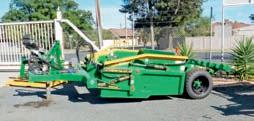
5 minute read
Chinese tariffs to impact Oz wine market
Due to China increasing tariffs on Australian wine, alternative markets are required in order to offset potential losses in revenue
Bitter notes
Australia must find new wine markets to avoid significant losses over the next five years due to Chinese wine tariff, new data shows
Aussie wine grape growers are set to lose $67 million annually unless new export markets are found for Australian wine, according to new data released by the Australian Bureau of Agricultural and Resource Economics and Sciences (ABARES).
The finding comes with the release of a new ABARES report Australian Wine in China: Impact of China’s Anti-dumping Duties, which investigates the impacts of China’s punitive anti-dumping measures on Australian wine exports.
Additional duties were temporarily introduced last year before the Chinese Ministry of Commerce confirmed it would place the tariffs, which range from 116 per cent to 218 per cent, on Australian wine for five years from March 28.
The Chinese government says its actions are in response to the Australian government subsidising Australian winemakers, and allowing them to sell wine below the cost of production – a claim both winemakers and the Australian government have disputed.
ABARES executive director Jared Greenville says the duties will cause China’s imports of bottled wine from Australia to cease entirely.
“We expect that only 60 per cent of wine destined for China will find a place in our other existing markets by 2025, unless we make the effort to find alternative markets or do things differently,” says Greenville.
“While Australia exports wine to over 100 countries, the Chinese market was the largest in both export and volume for bottled wine, accounting for 40 per cent of export value share and 24 per cent of export volume share.”
Action is needed today to find new markets for Australian wine, he adds.
“Without growing existing markets or finding new ones, the export value of Australian wine in 2025 is expected to be $480 million lower. The total cost of the anti-dumping measures could be at least $2.4 billion over a five-year period,” he says.
“For wine grape growers, the loss of production would be $67 million annually. This represents annual losses of $11 million in the Riverina, $11 million for the Victoria-North West region, $23 million for South Australia-South East region, and $21 million for growers everywhere else.”
However, as Greenville says, “this isn’t to spell doom and gloom”.
“It’s an outcome that can be avoided if we look at finding other markets for Australian wine or find ways to generate more value from our wine sold into existing markets,” he says.
“The Australian wine industry is resilient, and industry bodies and businesses have already had success in diverting to other markets.
“Since the beginning of the year, Australian wine exporters have managed to redirect around 30 per cent of the wine destined for China. They’re well on the way.”
New data from government-run research body Wine Australia shows that exports of Australian wine to the United Kingdom are at their highest level in a decade, with the value of exports increasing by 23 per cent to $472 million and volume by 16 per cent to 269 million litres (30 million nine-litre case equivalents), making the UK the biggest destination for exports by volume and the second by value.
Wine Australia corporate affairs manager Rachel Triggs says exports also increased to Singapore, South Korea, Malaysia, Taiwan and Hong Kong, but they were not enough to offset the decline in exports to mainland China.
Australian wine exports during 2020–21 declined by 10 per cent in value to $2.56 billion, compared with the previous financial year, while export volume declined by 5 per cent in volume to 695 million litres (77 million nine-litre case equivalents), according to Wine Australia’s latest Export Report, released in July.
“However, excluding mainland China, exports increased by 12 per cent in value to $1.96 billion and increased by 6 per cent in volume to 643 million litres,” Triggs says.
Much of the decline in overall average value was due to a drop in the share of bottled exports – from 45 per cent of the share of volume in 2019–20 to 39 per cent in 2020–21.
Triggs added that this was also a result of the mainland China market tariffs, as it had predominantly been a bottled wine market, and the growth in exports to the UK was dominated by unpackaged exports which were bottled in-market.

LP Series
Introducing the LP8000, 8 meter or 6 meter width Land Plane, twin mast independent for lift precision, dragging capabilities of approximately 5 cubic meters.
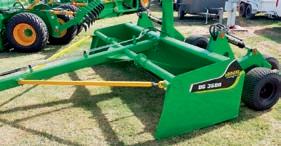
DG Series
The DG Series is currently being manufactured in 3.6m or 4.2m width Drag Grader has independent lift for laser precision. Dragging capabilities of approximately 3.5-4.5 cubic meters
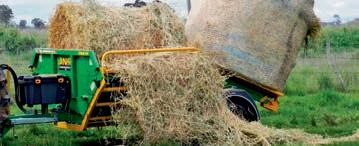
Bale Bull Round
The BBR maintains a strong robust design capable of handling the heaviest bales. This machine is capable of carrying two bales and feeds on both sides. It is one of the only machines in the market that is able to feed the toughest of silage bales

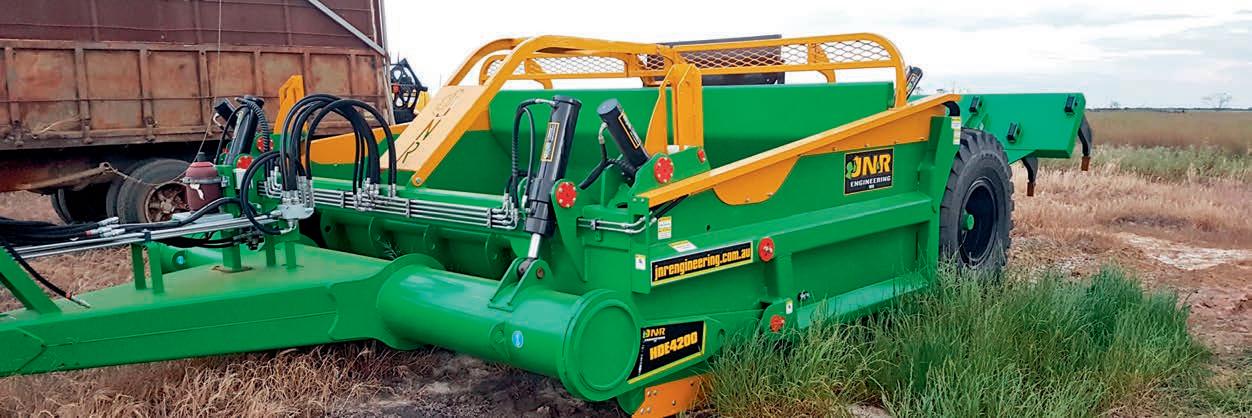
HDE Ejector
www.jnrengineering.com.au
Leopard Ejector
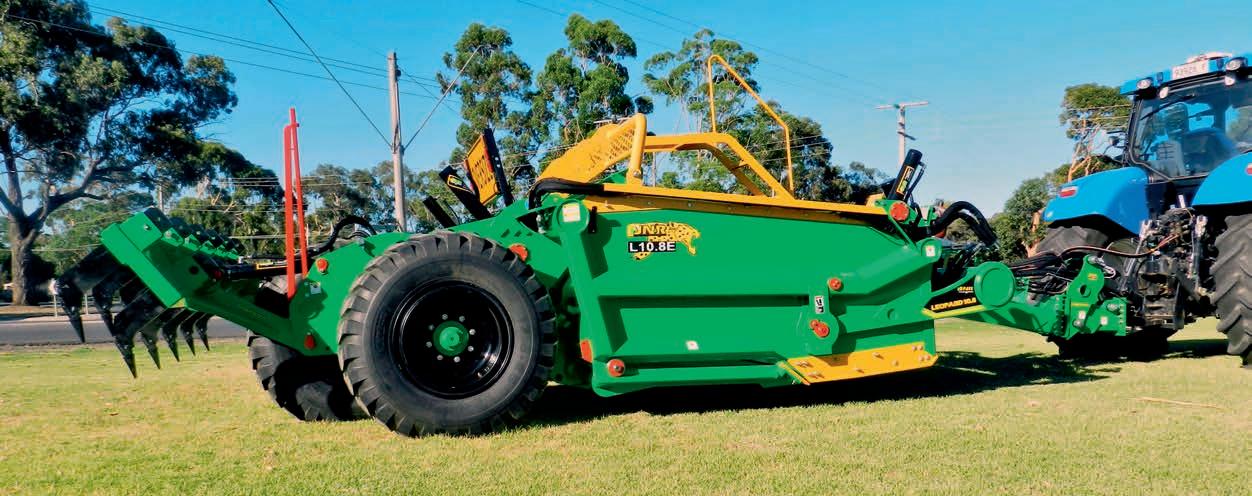
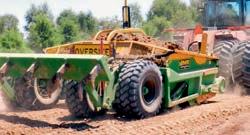
HDB Bucket
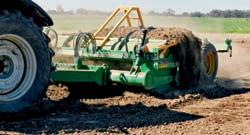
LB Bucket

Bale Bull Square
Features an adjustable moving arm for feed out control and on road transport, capable of carring two bales.
